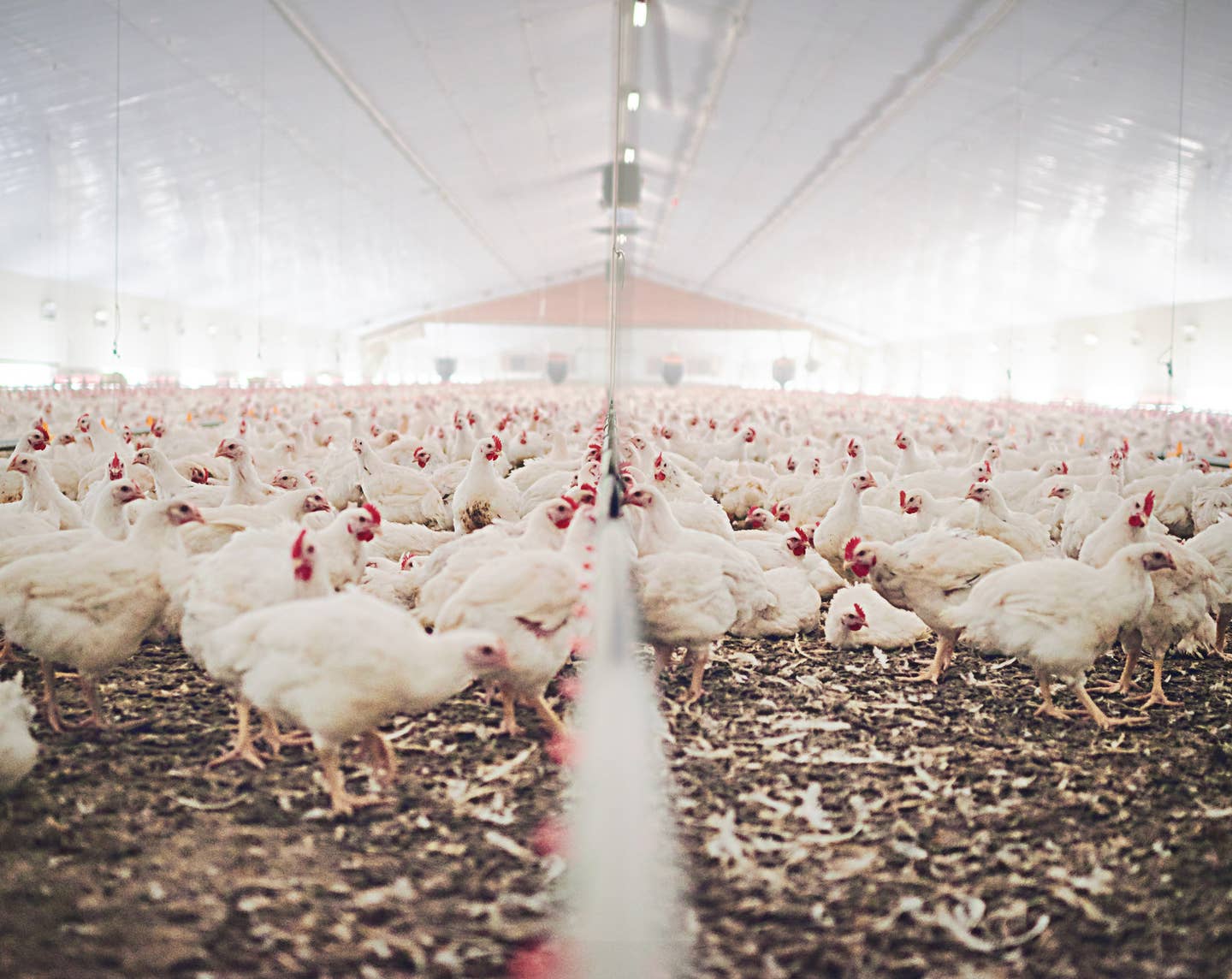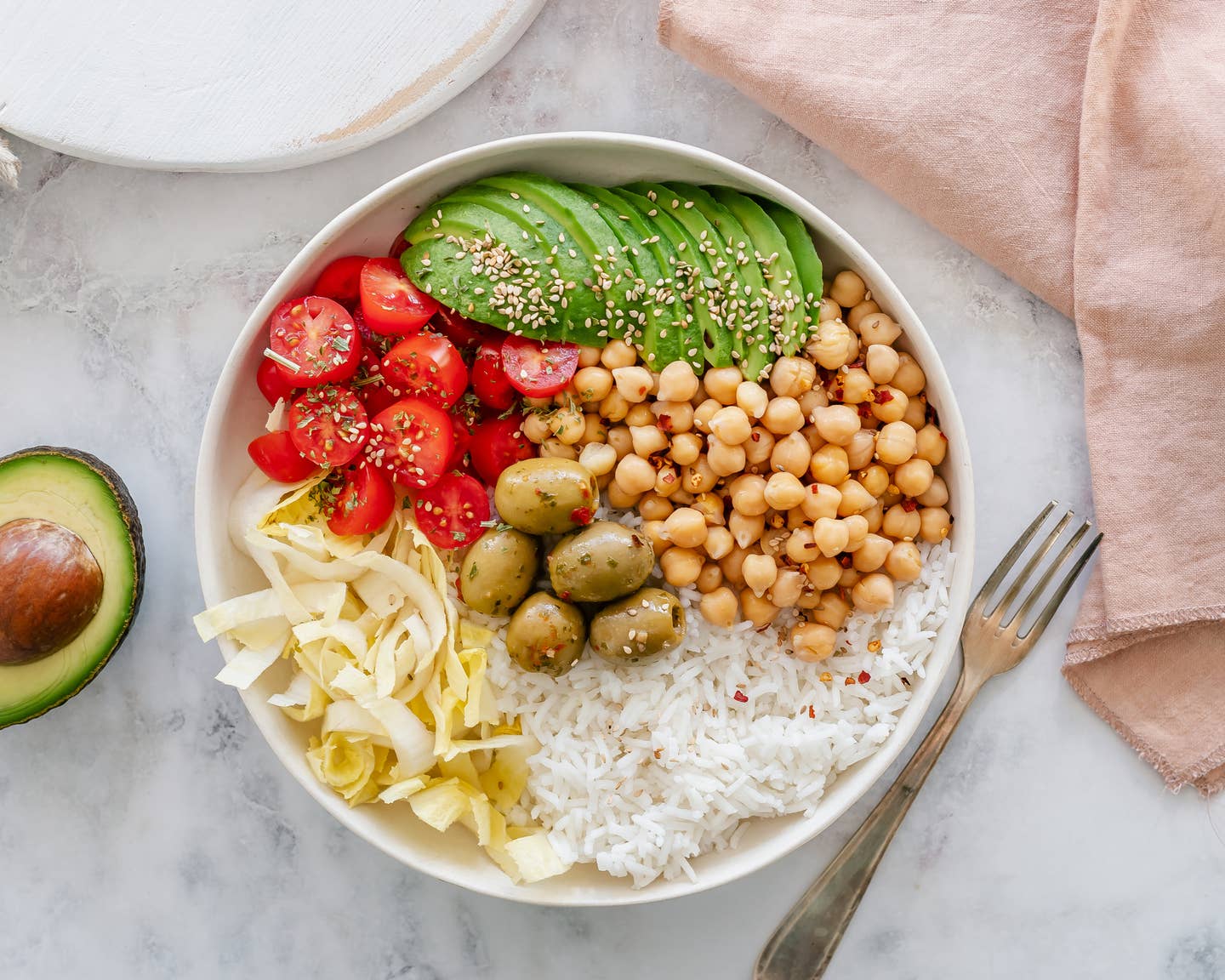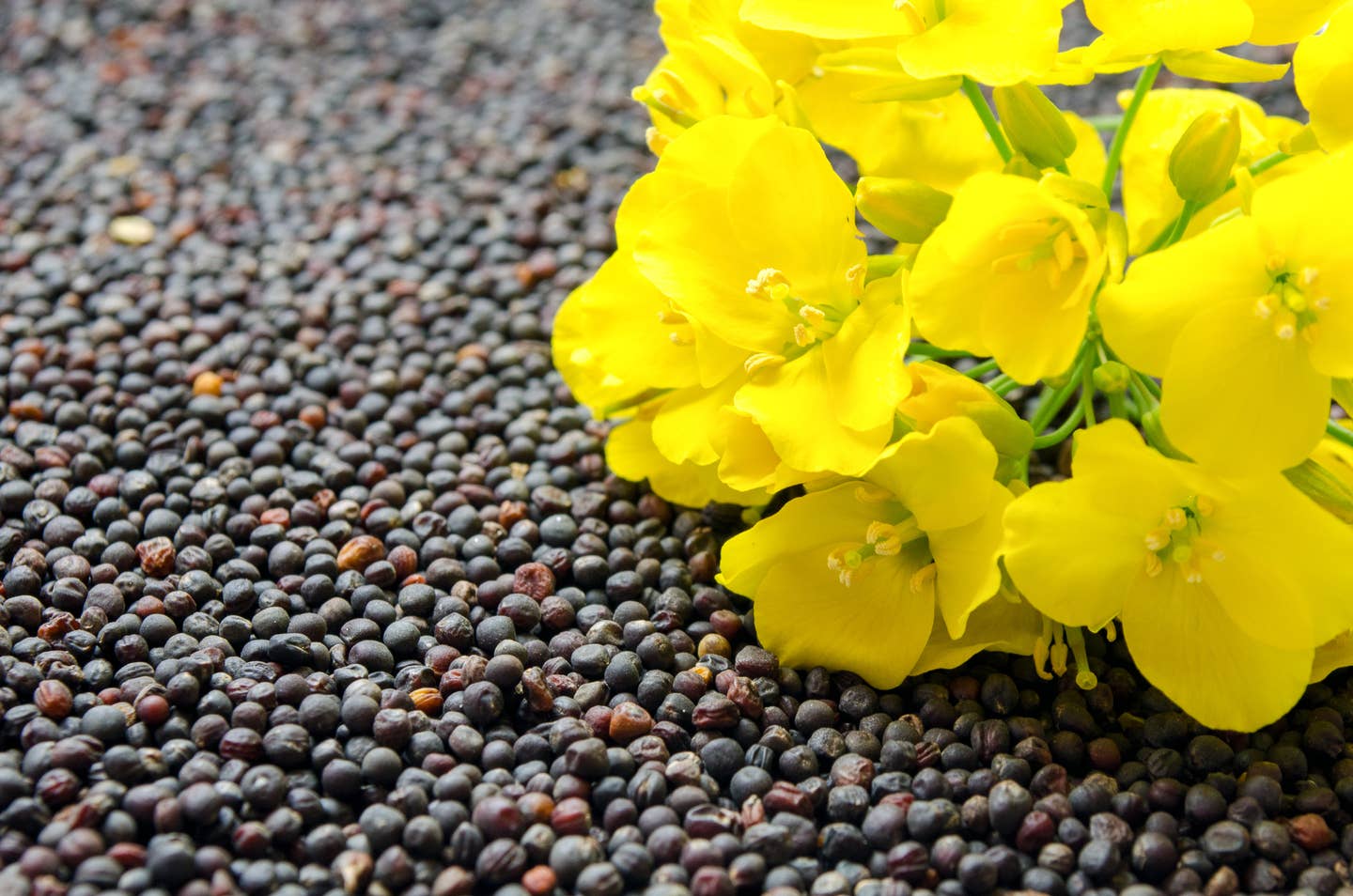
Want To Stop Climate Change? It May Be as Simple as Switching Your Diet
There’s still time to save the planet from the impending climate crisis, a new report claims, and the solution may be as simple as switching to a more plant-based diet. In a new report that aligns with the recent United Nations recommendations, Boston Consulting Group [BCG] suggests that if Americans (and the populations of other developed countries) adopted a plant-based approach, it could vastly help curb climate change.
The idea is to substitute meat and dairy with plant-based alternatives that require a fraction of our resources to produce and emit fewer greenhouse gases and is a more sustainable approach to feeding the world's population. The message: Going plant-based and helping consumers do it too is an effective investment in protecting the planet.
“Food for Thought: The Untapped Climate Opportunity in Alternative Proteins” details why plant-based ventures rank as the best green investments when considering the climate. The report claims that plant-based meat and dairy investments lead to three times more greenhouse gas reduction than green cement technology, seven times more than green buildings, and 11 times more than zero-emission cars.
Electric Cars Are Not the Only Answer to Climate Change
“There’s been a lot of investments into electric vehicles, wind turbines, and solar panels, which is all great and helpful to reduce emissions,” BCG partner Malte Clausen told The Guardian. “We have not seen comparable investment yet [in alternative proteins], even though it’s rising rapidly,” he added. “If you really care about impact as an investor, this is an area that you definitely need to understand.”
The report emphasizes that funding plant-based meat and dairy industries more effectively mitigate the consequence of the climate crisis in the coming years. Highlighting the dangers of animal agriculture, the BCG report claims that replacing this dangerous industry with more eco-friendly practices could significantly backpedal the emission levels. Eating beef one to two times a week for a year contributes six to 30 times more emissions than eating tofu instead, according to another report from the journal Science.
“It’s just mathematics,” Clausen said. “If instead of feeding all of these crops to animals, and then eating the animals, you just use the crops directly for human consumption, you need less crops overall and therefore alleviate the constraints on the system.”
Animal Agrilcutre’s Toll on the Environment
This report highlights just how urgently world leaders and investors need to pivot toward sustainable and plant-based industries. A growing portfolio of research indicates that plant-based eating could be the key to tackling the global emissions problem. This January, a study found that plant-based diets can slash greenhouse gases by up to 61 percent. The study focused on how animal agriculture requires an overwhelming amount of fuel, land, and other resources.
Currently, meat and dairy production uses 83 percent of total farmland, according to another article from The Guardian. This figure is staggering when compared to the 18 percent of calories and 37 percent of protein necessary for nutritional standards. By cutting the reliance on animal-based food products, the world can move away from the damages it causes. At this moment, meat production alone is responsible for 57 percent of food-related greenhouse gas emissions.
Eating Partially Plant-Based is a Good Start
This new report urges investors to care about the plant-based market, but consumers have already started shifting towards alternatives to meat and dairy products. Now, 55 percent of consumers consider sustainability when shopping at the grocery store, giving rise and credit to the climatarian. The Cambridge Dictionary defines a climatarian as “a person who chooses what to eat according to what is least harmful to the environment." While most climatarians are not fully plant-based, the slight contribution is crucial progress.
This March, German food tech company Greenforce released a study claiming that eating plant-based meals twice per week for a year is the equivalent of planting 14 billion trees. The data revealed how even marginal contributions to the plant-based market can help benefit the environment.
Suzy Amis Cameron – the founder of One Plant-Based Meal a Day – said that a single plant-based meal a day for a year saves the amount of carbon that it would take to drive from New York to Los Angeles. With the climate crisis at the world’s doorsteps, new research is showing how plant-based food systems can be more reliable, more efficient, and most importantly, better for sustaining the environment.
For more planet news, visit The Beet's Environmental articles.
Top 10 Sources of Plant-Based Protein According to a Nutritionist
1. Seitan
Protein: 21 grams in ⅓ cup (1 ounce) Seitan isn’t as popular as other proteins, but it should be! Made from wheat gluten, its texture resembles ground meat. It’s often used in pre-made veggie burgers or meatless nuggets. Seitan has a savory taste, like mushrooms or chicken, so it works well in dishes that call for an umami flavor. With a hearty texture, seitan can be the star of practically any vegan main dish. Add it to stir-fries, sandwiches, burritos, burgers, or stews. Like tofu, seitan will take on the flavor of any marinade or sauce.
2. Tempeh
Protein: 16 grams in 3 ounces If you like a protein with a bit of bite, add tempeh to your list. Made from fermented soybeans, tempeh has a slightly nutty flavor and is pressed into a block. Most varieties include some sort of grains, such as barley or millet. Not only is tempeh a plant-based source of protein, but the fermentation process also creates good-for-your-gut probiotics. You can cut tempeh right off the block and use it as the base for a sandwich or pan-fry it with some sauce. Or, crumble, heat, and make it the star of your next taco night.
3. Lentils
Protein: 13 grams in ½ cup cooked Lentils come in multiple varieties--red, yellow, green, brown, black. Regardless of the type lentils are small but mighty nutritional powerhouses. They pack a good amount of protein as well as iron, folate, and fiber. When cooked, brown lentils retain their texture and can be the base for a grain bowl or make a hearty substitute for ground meat in meatballs, lasagna, tacos or Bolognese. Red lentils are a bit softer and make a nice add-in for a hearty soup, chili, or stew.
4. Hemp Seeds
Protein: 10 grams in 3 tablespoons Hemp seeds are a tender and nutty seed, derived from the hemp plant. They contain good amounts of omega-3s, iron, folate, magnesium, phosphorus, and manganese. They are also a solid source of both soluble and insoluble fiber, which helps to keep your digestive tract healthy and humming. Because they pack a double whammy of protein and healthy fats, hemp seeds can help satisfy hunger, preventing those embarrassing stomach growls as you slog your way to your lunch break. Add them to your morning smoothie or sprinkle them on top of yogurt, oatmeal, or even a salad.
5. Tofu
Protein: 9 grams in 3 ounces (⅕ of a block) Made from coagulated soybeans, tofu is the most popular plant-based protein. Soy is one of the only meatless "complete" proteins, meaning that it contains all of the essential amino acids that the body can’t make but needs for muscle and immune function. With 15% of your daily calcium needs, tofu is also a good replacement for dairy.
6. Edamame
Protein: 9 grams of protein in ½ cup This sushi appetizer is a nutrient powerhouse, so eat it anytime. Edamame is really just another name for soybeans in their pods. Let’s list off some stats--a small ½-cup serving of edamame has 9 grams of protein, 15% of your daily vitamin C, 10% of your daily iron and 16% of your daily fiber. Keep a bag of edamame in your freezer to serve as a fun-to-eat side dish or opt for the shelled variety to toss into salads or a grain bowl.
7. Quinoa
Protein: 8 grams per cup (cooked) Quinoa is an ancient grain and since it's gluten-free a great choice for anyone avoiding gluten. Add it to your burger recipe to create filling texture, or instead of meat in your taco or burrito. Quinoa is among the healthiest foods on the planet, delivering phytonutrients that have anti-inflammatory qualities, so keep it in your pantry for any meal that needs a filling grain. Just remember to soak it and rinse before cooking to get rid of any bitter taste.
8. Black Beans
Protein: 7 grams in ½ cup (canned) Eating beans on the regular might as well be a prerequisite for a plant-based diet. Not only are canned black beans inexpensive, but they also contribute 10% of your daily iron and 25% of your daily fiber to your diet. For less than $1 a can, beans can be the star of tacos, quesadillas, salads, soups, burgers, or dips.
9. Amaranth
Protein: 6 grams in ⅔ cup (cooked) Chances are you’ve never cooked amaranth. But you should, since this tiny, gluten- free grain is packed with almost 30% of your daily fiber and 20% of your daily iron. Cook it like a traditional grain to yield a soft, porridge-like texture. Many people add amaranth to other a hot breakfast cereal mixture, like oats and quinoa. It also pops like popcorn. Toss it in a pot with some oil and wait for it to pop up into a nutritious snack.
10. Peas
Protein: 5 grams in ⅔ cup If peas were one of your most hated veggies as a kid, it’s time to give them another chance. These green beans are a great low-calorie protein to keep in your freezer. Sure, they don’t always taste great when steamed or microwaved (who wants to eat mushy, overcooked peas?), but they do blend well into a yummy puree that can be slathered on toast. To amp up the flavor, add some lemon juice or mint to your mix before you blend.
More From The Beet






